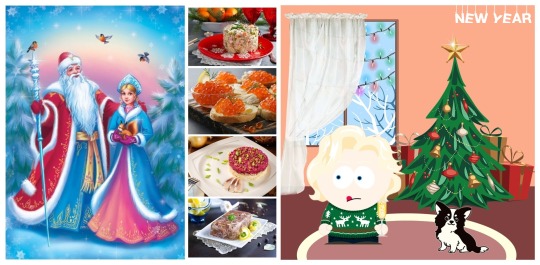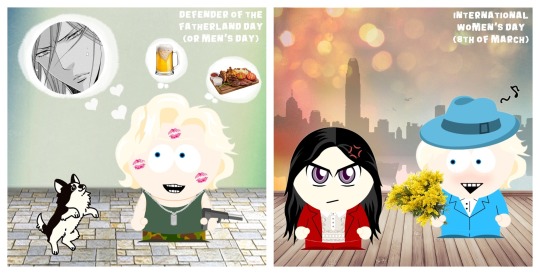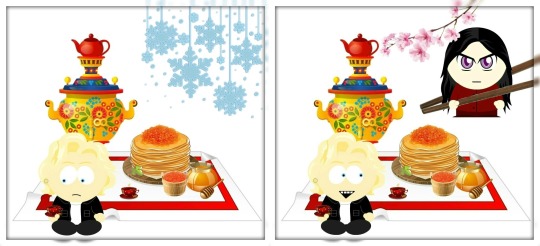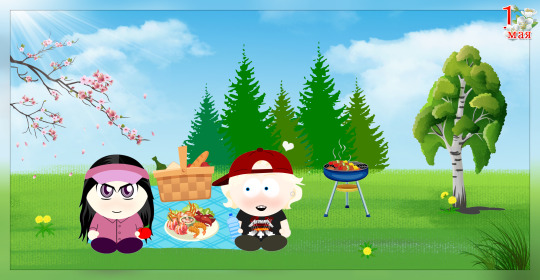#which combined with the he was patriotic to the end paints his loyalty to nazi germany as the fucking up part that led to his death
Explore tagged Tumblr posts
Text
Ending the part with Joseph being racist towards the Japanese was a baffling decision in a part full of baffling decisions.
At least bloody stream and awaken are fucking awesome songs
#also forbidden part 2 jotaro#he really is in every old universe part except for 1#iviins liveblogs#keeping up with the joestars#there are parts i really enjoyed in battle tendency but I am glad I finished#also the German dub for Speedwagons future/end has no implication of him being gay :(#but it also just called strohirn very patriotic and none of that proud and honorable death nonsense so that was positive i guess#the term they used for him dying was 'er verwirkte sein leben' which does carry the meaning of fucking up and finding out#which combined with the he was patriotic to the end paints his loyalty to nazi germany as the fucking up part that led to his death#really i thank the german dubbers for their work Joseph's funny shenanigans would not have been enough to get me through this part otherwise
0 notes
Text
Hi, @reve13, I promised to tell you about the Russian holidays, I hope it comes in handy and will be fun😉:
1. The very first in the year and the most widely celebrated holiday is the Novyy god (New Year).
It's celebrated on the night of December 31 to January 1. New Year holidays (weekends) last from January 1 to January 8. New Year is a secular holiday loved by almost all the inhabitants of the country, regardless of nationality or religion.
According to tradition, a few days before the New Year it is customary to install and decorate the fir-tree, as well as the house. As a rule, when the New Year is celebrated, close people gather at the New Year's table, usually on the evening of December 31 of the outgoing year.
The coming of the new year and the actual beginning of the celebration is marked by the Kremlin Clock striking twelve, i.e. midnight Moscow Time preceded by the New Year Address by President of Russia and followed by the playing of the National Anthem of Russia.
The most popular dishes of the New Year's table in Russia are "Olivier" salad (Russian salad), "Selyodka pod Shuboi" salad (Herring under a fur coat), Kholodets (aspic), caviar, champagne, tangerines, etc. Popular hot dishes include a roasted pig, roasted meat chunks, goose with apples, chicken stuffed with buckwheat and mushrooms, sour cream hare, venison, lamb, whole fish, etc...
Gifts to Russian children and adults are brings by Ded Moroz (Grandfather Frost). This is a character of Slavic fairy-tale folklore. In its origins, he is a pagan personification of the forces of nature (winter and frost) and a wizard. Ded Moroz is depicted as an old man in a colored - blue, blue, red or white coat, with a long white beard and a staff in his hand, in felt boots. He rides three horses. Usually comes accompanied by his granddaughter, Snegurochka (Snow Maiden), who helps him. Snegurochka is also a fabulous folk character. At holidays, acts as an intermediary between children and Ded Moroz. Sometimes portrayed as a little girl, sometimes an adolescent. She wears long silver-blue robes and a furry cap or a snowflake-like crown. They can also be accompanied by forest animals.
We also have very popular fireworks. After midnight, it may resemble a small colorful war, hee hee.
2. Christmas in Russia (Russian Orthodox Church), commemorating the birth of Jesus Christ, is celebrated on 7 January in the Gregorian calendar. Christmas is considered a high holiday by the Russian Orthodox Church. On Christmas Eve, 6 January, there are several long services, including the Royal Hours and Vespers combined with the Divine Liturgy. The family will then return home for the traditional Christmas Eve "Holy Supper", which consists of 12 dishes, one to honour each of the Twelve Apostles. Devout families will then return to church for the "всенощная" All Night Vigil. Then again, on Christmas Morning, for the "заутренняя" Divine Liturgy of the Nativity. This holiday is important for religious Orthodox Christians.

3. St. Valentine's Day is a holiday of Catholic origin, which is celebrated on February 14 in many countries of the world. Named after one of two early Christian martyrs with the name Valentine.
Those who celebrate this holiday give their beloved and dear people gifts, flowers, sweets, toys, balloons and special cards (often in the shape of a heart) with verses, love confessions or wishes of love - Valentine. This holiday gained popularity in the 90s in Russia. It is not a public holiday or a day off, but rather widely celebrated by young people.
Сompetition for Valentine's Day is All-Russian Day of Family, Love and Faithfulness (The Day of Saint Peter and Saint Fevronia). This holiday is celebrated on July 8th. Its symbol is a white daisy. The history of the spouses of Peter and Fevronia is the embodiment of the unquenchable love and loyalty. This date are trying to popularize , because many Russians dislike the foreign Valentine's Day, which is called commercial.

4. Defender of the Fatherland Day (День защитника Отечества) is a holiday observed in Russia on 23 February.
Officially, as the name suggests, the holiday celebrates people who are serving or were serving the Russian Armed Forces (both men and women, both military and civilian personnel), but unofficially, nationally it has also come to include the celebration of men as a whole, and to act as a counterpart of International Women's Day on March 8. Because the majority of men in Russia undergo mandatory short military service.
The holiday is celebrated with parades and processions in honor of veterans, and women also give small gifts to men in their lives, especially husbands (or boyfriends, fiances), fathers, sons and brothers. As a part of the workplace culture, women often give small gifts to their male co-workers. State day off.
5. International Women's Day is celebrated on the 8th of March every year. It appeared as a day of women's solidarity in the struggle for equal rights and emancipation. State day off. The celebration of March 8 in Russia includes the established tradition of giving women flowers and other gifts.

6. Maslenitsa (Мaсленица) is an Eastern Slavic religious and folk holiday, which has retained a number of elements of Slavic mythology in its ritual, celebrated during the last week before Great Lent, that is, the eighth week before Eastern Orthodox Pascha. The date of Maslenitsa changes every year depending on the date of the celebration of Easter. The traditional attributes of the Maslenitsa celebration are the scarecrow of Maslenitsa (which burn), making visits, sleigh rides, dressing up, bonfires, snowball fights, the capture of the Snow Fortress, festivities. Russians people bake pancakes and tortillas. It is customary to eat them with various fillings and share with friends.
7. The Russian Orthodox Church celebrates Easter (Paskha/Пасха) according to the Orthodox calendar, and so it can occur in April or May. Russians celebrate Easter with decorated eggs, special foods, and customs. The day before Easter all churches hold night services and organize religious processions around churches. By that time, kulich, the traditional holiday baking symbolizing the body of Christ, had been already baked and Easter eggs painted. The morning starts from visiting neighbors and giving away Easter eggs. The common phrase you can hear on that day is: "Khristos voskres!" (Christ is risen!), which is to be followed by "Voistinu voskres" (Truly He is risen! This traditional greeting followed by hugging and triple kissing is called "kiss of peace". Christian Easter feast lasts seven days and is called the Holy Week or Sedmitsa.

8. Spring and Labor Day. 1st May Day in its present form arose in the middle of the 19th century in the labor movement, which put forward the introduction of an eight-hour working day as one of the main requirements. In today's Russia, the holiday has lost its original political character. Some political parties and labor unions may have demonstrations on this day, but most Russians use Spring and Labor Day for gardening or spending time with their families. It is also common for people to have picnics or barbecues. Men may give spring flowers, especially tulips and lilacs, to women, and parents may buy balloons and ice-cream to their children to celebrate the end of the cold season in Russia. 1 May is a public holiday.
9. Victory Day. May 9, Russia celebrates the victory over Nazi Germany, while remembering those who died in order to achieve it. On 9 May 1945 (by Moscow time) the German military surrendered to the Soviet Union and the Allies of World War II in Berlin. Victory Day is by far one of the biggest Russian holidays. It commemorates those who died in World War II and pays tribute to survivors and veterans. Flowers and wreaths are laid on wartime graves and special parties and concerts are organized for veterans. In the evening there is a firework display. A huge ground and air military parade, hosted by the President of the Russian Federation, is annually organized in Moscow on Red Square. Similar ground, air and marine parades are organized in several other Russian cities. It’s a public holiday.

10. Russia Day (День России/Den Rossii) National Day, celebrated on 12 June. On this day, in 1991, Russian parliament formally declared Russian sovereignty from the Soviet Union.
11. Unity Day (День народного единства/Denʹ narodnava yedinstva) is a national holiday in Russia held on November 4. It commemorates the popular uprising which expelled Polish–Lithuanian occupation forces from Moscow in November 1612, and more generally the end of the Time of Troubles. The day's name alludes to the idea that all classes of Russian society united to preserve Russian statehood when there was neither a tsar nor a patriarch to guide them.
Celebrations of these days are accompanied by: Flag hoisting, parades, fireworks, award ceremonies, singing patriotic songs and the national anthem, speeches by the President, entertainment and cultural programs.
#mikhail arbatov#feilong#liu feilong#feilong liu#mikhail/feilong#mifei#mikhailxfeilong#frabatov#viewfinder#finder series#you're my loveprize in viewfinder#ayano yamane#manga#south park style
17 notes
·
View notes